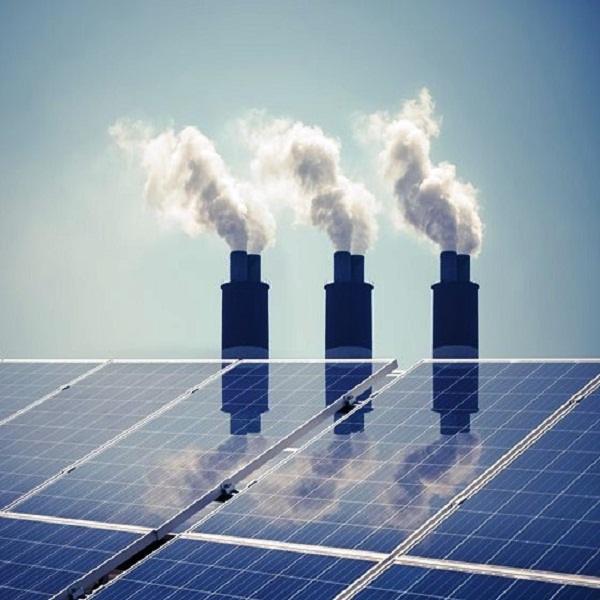India will struggle to meet a target of generating 100 gigawatts of solar power this year as high levels of atmospheric pollution are hindering the country’s ability to generate energy, a study has found.
As of March this year, India had only reached the halfway mark of 50 gigawatts of installed solar capacity, according to the research group, Mercom India.
“Put simply, aerosols – which include fine particulate matter, dust, mist and fumes suspended in the air – significantly reduce incoming solar radiation in what we call the ‘atmospheric attenuation effect’,” said study author Sagnik Dey. “This needs to be factored in when undertaking large solar energy projects.”
Many projects are also failing to account for the “soiling effect” of aerosols depositing on solar panels altogether, he added.
“Since air pollution over South Asia has been on the rise, both effects need to be addressed and mitigation steps taken to maximise benefits from solar power installations.”
In heavily polluted regions particulate matter can cause a drop in photovoltaic solar power generation by more than 50 per cent, most of it caused the soiling of panels, according to a previous study. Aerosols in the atmosphere also work against solar power generation by increasing cloudiness and interfering with rainfall which could wash out particles.
Acid rain can also corrode solar power equipment and support structures which increases maintenance costs. Acid rain is caused by pollutants like sulphur dioxide and nitrogen oxides, released mainly through industrial and vehicular emissions, rising high into the atmosphere and mixing with water, oxygen and other chemicals to form corrosive acid droplets before falling back as rain.
“However, it is well to remember that there are several other factors to cloudiness than air pollution.”
The study recommends optimally tilting solar panels to take maximum advantage of solar radiation which will help to reduce the accumulation of aerosol deposits when compared to horizontal panels.
Articulated panels fitted with tracking mechanisms to constantly follow the sun are more expensive than fixed panels, but also have greater resistance to the accumulation of aerosol deposits.
According to the study, the best way to enhance solar energy production is to implement government initiatives such as the National Clean Air Programme launched in 2019 with the aim of reducing fine particulate matter (PM2.5) concentration by 20 to 30 per cent by 2024 relative to 2017 levels.
Mitigating air pollution would “accelerate India’s progress to achieve its solar energy target at a lesser installation capacity, avoiding additional expenditure for the expansion of solar energy infrastructure”, the study reads.
The Swiss IQAir world air quality report for 2021 shows the whole of northern India falling in a zone which exceeds the WHO standard of 10 microgrammes per cubic metre for particulate matter by seven to 10 times.
A study from 2017 showed that China’s air pollution problem was also hampering its efforts to increase the amount of electricity it generates from solar panels.
Source: E&T










